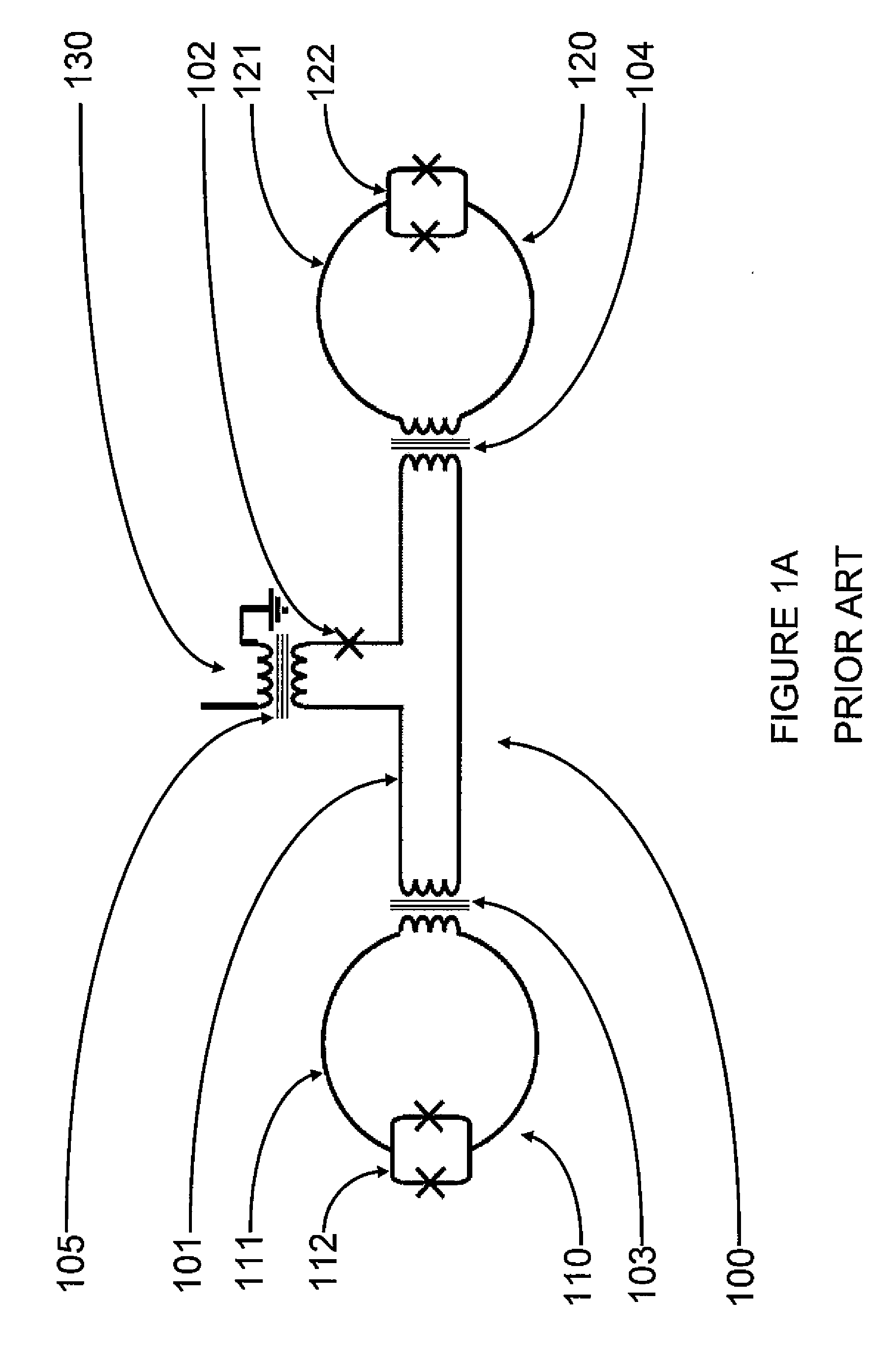Systems, devices, and methods for controllably coupling qubits
a controllable coupling and qubit technology, applied in the field of superconducting computing, can solve the problems of invalidating the church-turing thesis, affecting the legibility of drawing, and affecting the practical implementation of model quantum computers
- Summary
- Abstract
- Description
- Claims
- Application Information
AI Technical Summary
Benefits of technology
Problems solved by technology
Method used
Image
Examples
Embodiment Construction
[0048]A coupler 100 produces a non-zero persistent current when producing a zero coupling state 160 between a first qubit 110 and a second qubit 120. This non-zero persistent current generates flux offsets in qubits 110 and 120 which may be compensated for. Persistent current 162 generates a flux within the coupler which may thereby be unintentionally coupled into qubits 110 and 120. Qubits 110 and 120 must therefore be biased such that the unintentional flux does not effect the state of qubits 110 and 120. Also, while dI / dΦx is near zero, higher order derivatives may cause higher-order, non-negligible interactions which may be undesirable between first qubit 110 and second qubit 120.
[0049]One embodiment of the present system, devices and methods is shown in the schematic diagram of FIG. 2A. A controllable coupler 200, (i.e., a loop of superconducting material 201 interrupted by a compound Josephson junction 202) is used to inductively couple a first qubit 210 and a second qubit 220...
PUM
 Login to View More
Login to View More Abstract
Description
Claims
Application Information
 Login to View More
Login to View More - R&D
- Intellectual Property
- Life Sciences
- Materials
- Tech Scout
- Unparalleled Data Quality
- Higher Quality Content
- 60% Fewer Hallucinations
Browse by: Latest US Patents, China's latest patents, Technical Efficacy Thesaurus, Application Domain, Technology Topic, Popular Technical Reports.
© 2025 PatSnap. All rights reserved.Legal|Privacy policy|Modern Slavery Act Transparency Statement|Sitemap|About US| Contact US: help@patsnap.com



